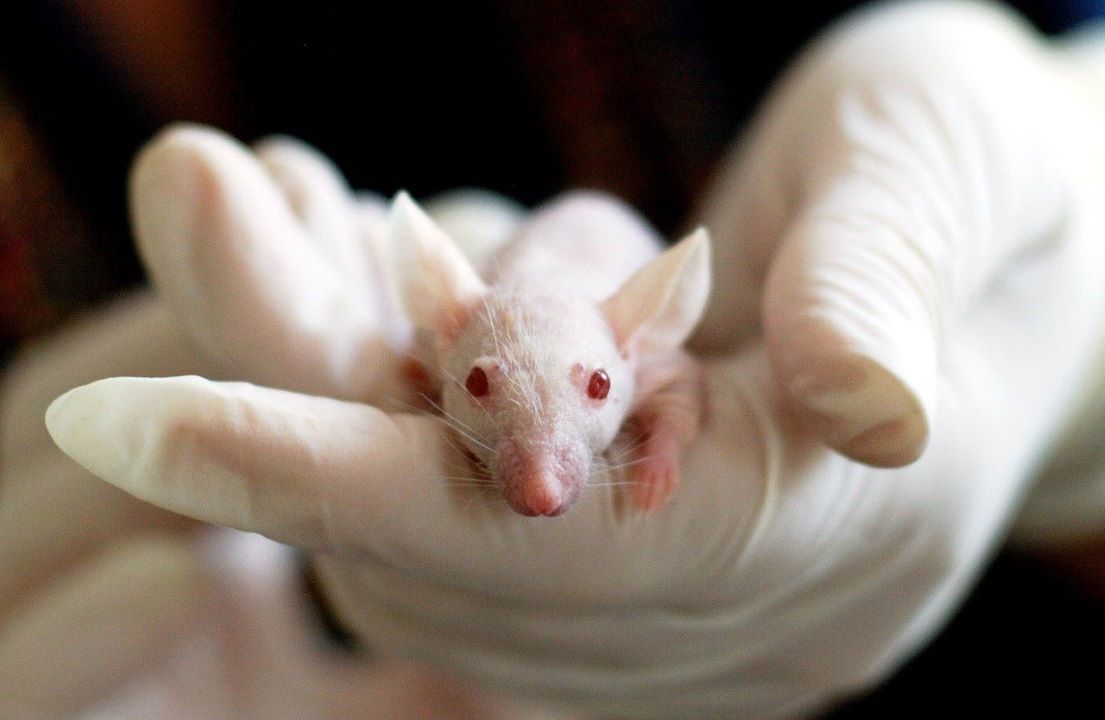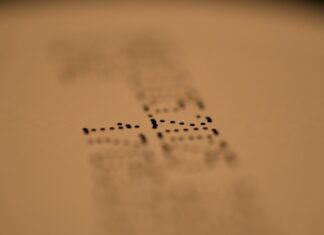American scientists have introduced a new treatment for the severed spinal cord. Using gel nanofibers injected into the brain, they returned the ability to walk to paralyzed mice. Dr. Samuel Stupp of Northwestern University is opening the door of hope to improve immobile patients’ lives.
Damaged Spinal Cord Treating
A serious injury, which, without a doubt, a spinal cord injury is, can have devastating and lasting consequences. Nearly 300,000 people are affected in the US. Some of these cases are healed by stem cell therapy. Despite spectacular advances in medicine, doctors often fail to treat the injured spinal cord in a way that restores the patient’s mobility.

Promising results have come from new research by American Northwestern University. A unique technology is not based on stem cells but on creating a suitable environment for nerve regeneration using peptide nanofibers.
Peptide Nanofibers Injected into the Mice’s Spinal Cord
The new treatment, developed by Samuel Stupp’s team, involves injecting a special gel that contains nanofibers made up of bioactive peptides. Gel application into the tissue at the spinal cord injury site creates an environment suitable for nerve regeneration. Stupp says the treatment should prevent paralysis.

The researchers tested the unique treatment on mice. They injured mise’s spinal cords and waited 24 hours to simulate the situation in human patients, where such a time delay occurs after an injury. After 24 hours, they injected the mice with a nanofiber gel. In four weeks, the mice had regained almost the same walking ability they had before the injury.
This is a next-generation supramolecular treatment, a substance made up of clusters of many molecules. According to Stupp, the treatment is safe – the substances are absorbed into the body in a few weeks. The scientist hopes to skip testing on primates and the next step will be clinical trials on humans.
Source and credit: https://www.sciencealert.com/new-drug-reversed-paralysis-in-mice-with-spinal-injuries















